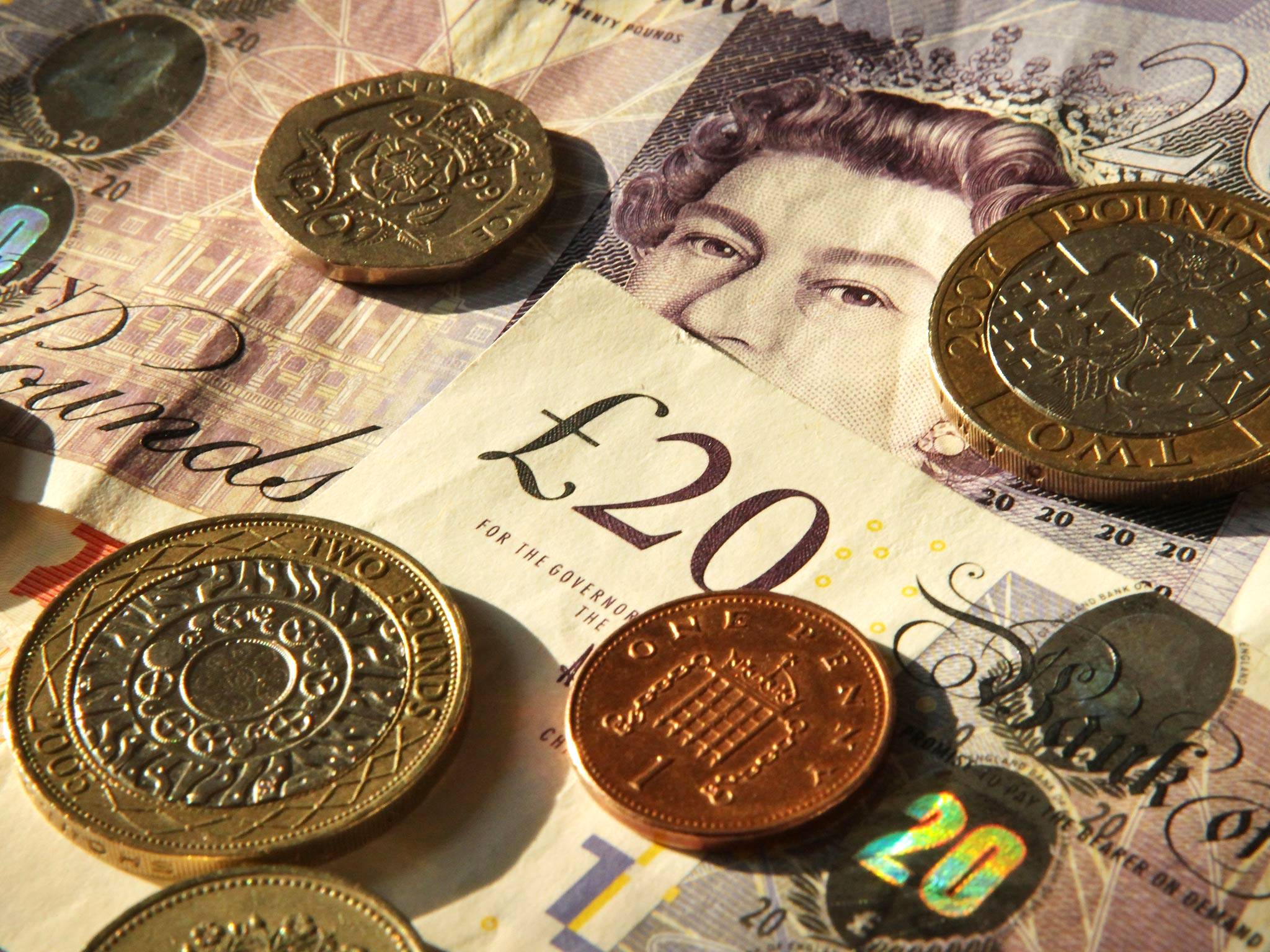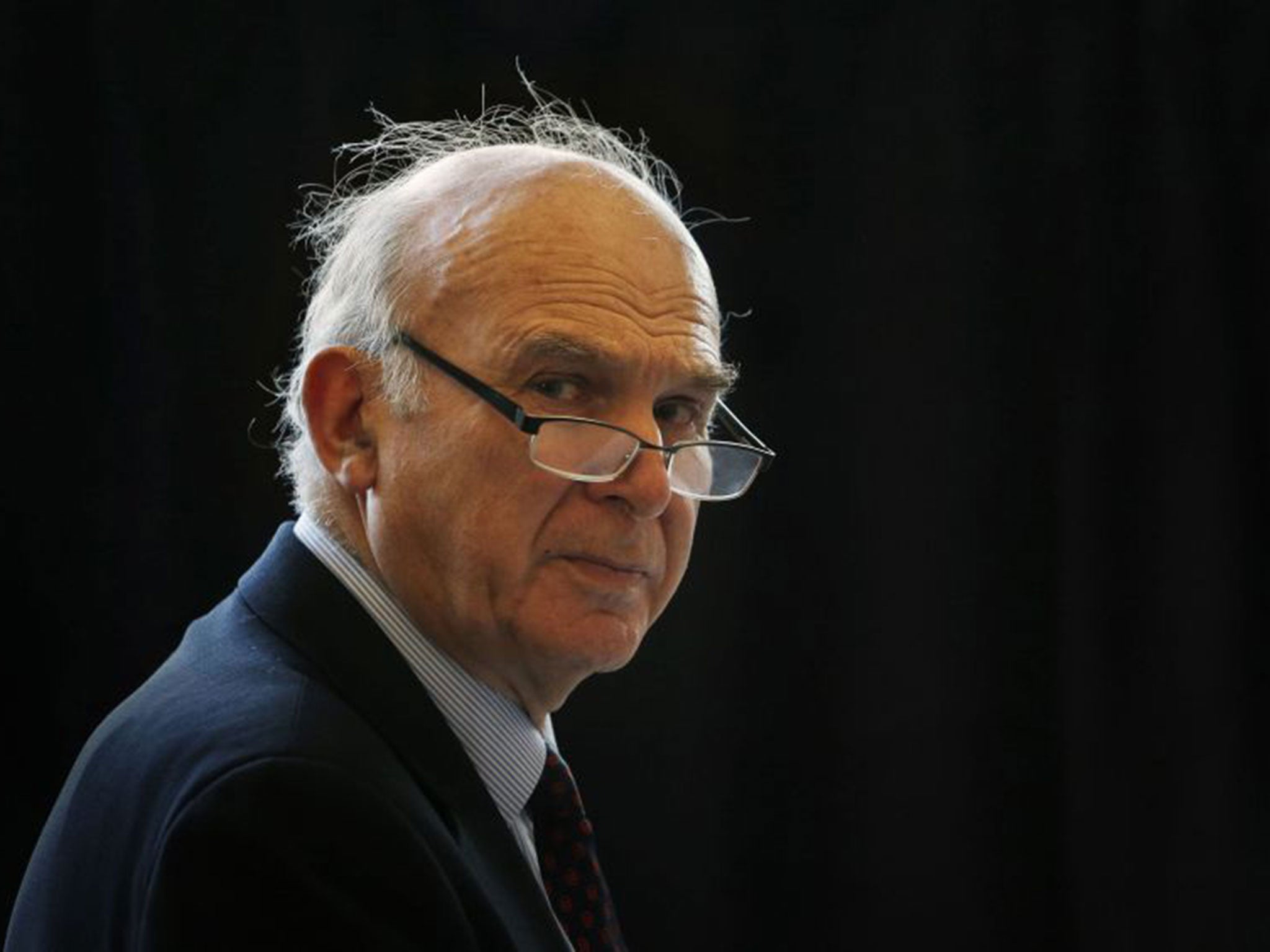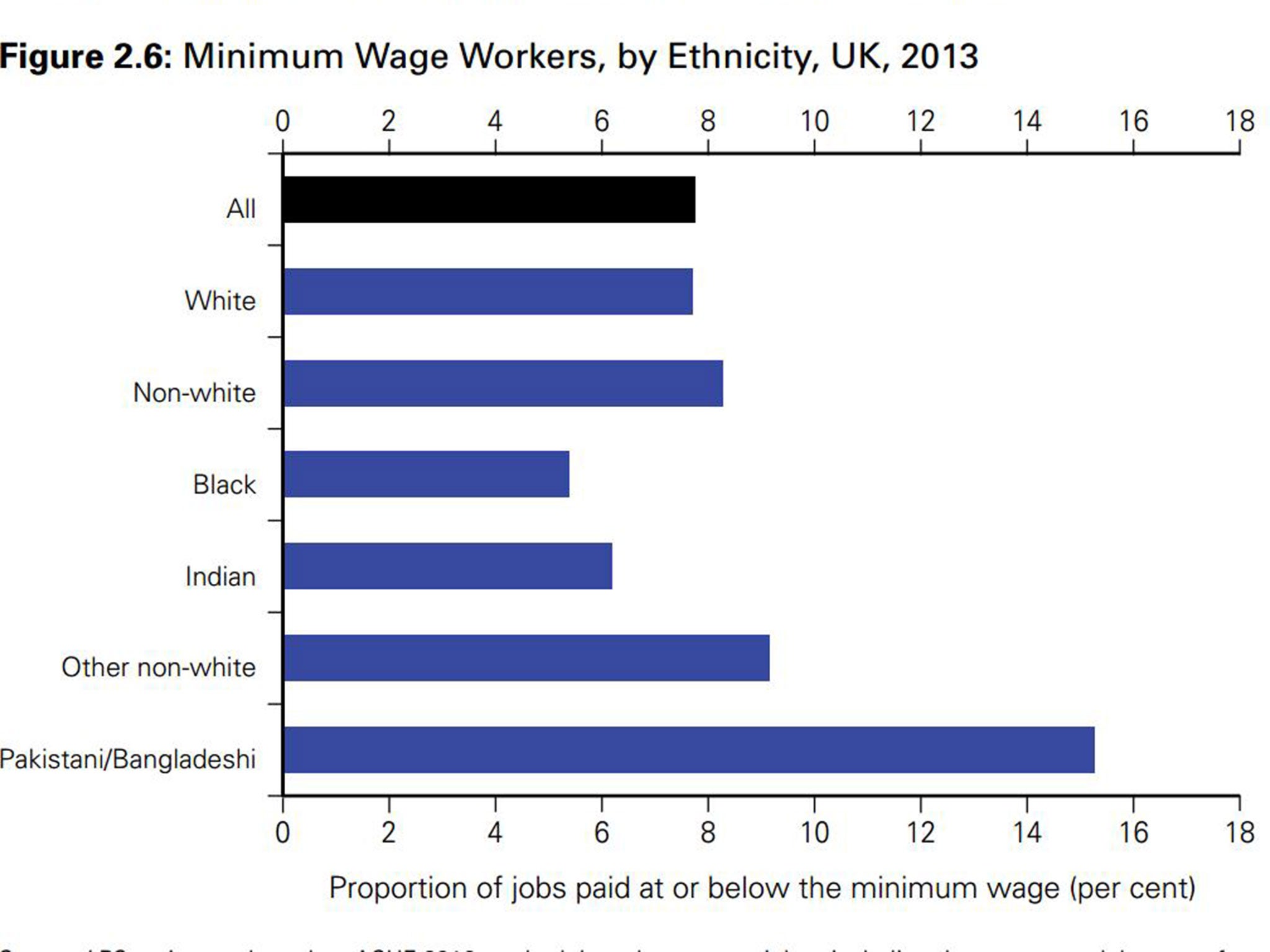Minimum wage changes: Rate sees the biggest increase in six years but is it enough?
Campaigners say higher Living Wage offers acceptable standard of living

Your support helps us to tell the story
From reproductive rights to climate change to Big Tech, The Independent is on the ground when the story is developing. Whether it's investigating the financials of Elon Musk's pro-Trump PAC or producing our latest documentary, 'The A Word', which shines a light on the American women fighting for reproductive rights, we know how important it is to parse out the facts from the messaging.
At such a critical moment in US history, we need reporters on the ground. Your donation allows us to keep sending journalists to speak to both sides of the story.
The Independent is trusted by Americans across the entire political spectrum. And unlike many other quality news outlets, we choose not to lock Americans out of our reporting and analysis with paywalls. We believe quality journalism should be available to everyone, paid for by those who can afford it.
Your support makes all the difference.The minimum wage is rising today in the biggest increase since the 2008 financial crisis for Britain’s lowest-paid workers.
Adults will be paid more 19p more than the previous rate, bringing the hourly wage to £6.50, while apprentices and under-20s will receive less.
According to the Government, the above-inflation change will mean more than 1 million people see their pay rise by up to £355 a year.
Vince Cable, the Business Secretary, said the minimum wage was a “vital safety net” for low-paid workers.
“As signs of a stronger economy start to emerge, we need to do more to make sure that the benefits of growth are shared fairly across the board,” he added.
He called for recommendations by the Low Pay Commission, rather than political concerns in Parliament, to continue deciding the rates.
The body, established in 1997 and made up of elected experts, sets minimum wage grades that can be accepted or rejected by the Government.
Mr Cable had asked it to look at how the minimum wage can be further increased in the future by amounts that “current conditions” do not allow.

Groups including the Living Wage Foundation argue that the rate still does not reflect the increased cost of living.
Research by the Resolution Foundation think tank claimed that increasing numbers of employees are getting “stuck” on the minimum wage for years.
The number of workers receiving it has doubled since it was introduced in 1999.
Matthew Whittaker, chief economist at the Resolution Foundation, said: “The minimum wage used to always rise faster than inflation but the recession has blown it way off course.
“Today's minimum wage is no higher in real terms than it was almost a decade ago.”
The think-tank calculated that if the rate had continued on its pre-recession course, it would be set to reach £10.83 an hour by 2019.

Labour has pledged to increase it to £8 over the next five years if it gets into power at the general election.
Paying any less than the minimum wage is illegal and the Government fines any employers caught, as well as running a confidential work rights helpline.
How many people are on the minimum wage?
More than 1 million workers receive the lowest legal rate, according to the Government, with women, ethnic minorities and young people being disproportionately affected.
Figures compiled by the Low Pay Commission found that the lowest-paid industries are hospitality and retail, making up almost half of minimum wage jobs.
Many workers in social care, cleaning, hairdressing and employment agencies are also paid the minimum.
Au pairs, who live with families, are exempt from the minimum wage and are not entitled to paid holidays.
Does the amount vary?
The national minimum wage rates from 1 October for England, Scotland, Wales and Northern Ireland are:
• £6.50 per hour for the adult rate - a 19p (3 per cent) increase
• £5.13 per hour for 18 to 20-year-olds - a 10p (2 per cent) increase
• £3.79 per hour for 16 to 17-year-olds - a 7p (2 per cent) increase
• £2.73 per hour for apprentices - a 5p (2 per cent) increase
How is it decided?
The National Minimum Wage Act of 1998 created a legal minimum wage across the United Kingdom for the first time and the amount is reviewed each year.
The Low Pay Commission makes its recommendations to the Government in February and the figure is then set and enforced by HM Revenue & Customs.
Recommended rates are based on surveys to research pay and living costs with employers, as well as data from the Office of National Statistics.
Is it enough to live on?
Not according to the Living Wage Foundation, which has recommended its own hourly rates of £8.80 in London and £7.65 outside the capital.
It argues the amount is necessary for a “basic but acceptable standard of living” and helps employers boost staff retention, morale and productivity.
More than 900 employers have signed up to the voluntary Living Wage scheme so far.
According to the latest figures, five million people in Britain are paid less than the Living Wage, including three million of them women.
Join our commenting forum
Join thought-provoking conversations, follow other Independent readers and see their replies
Comments